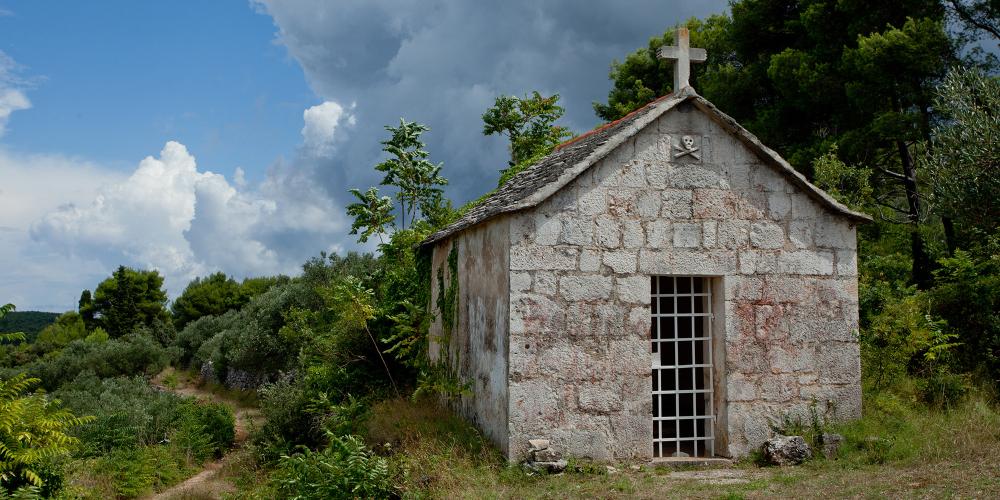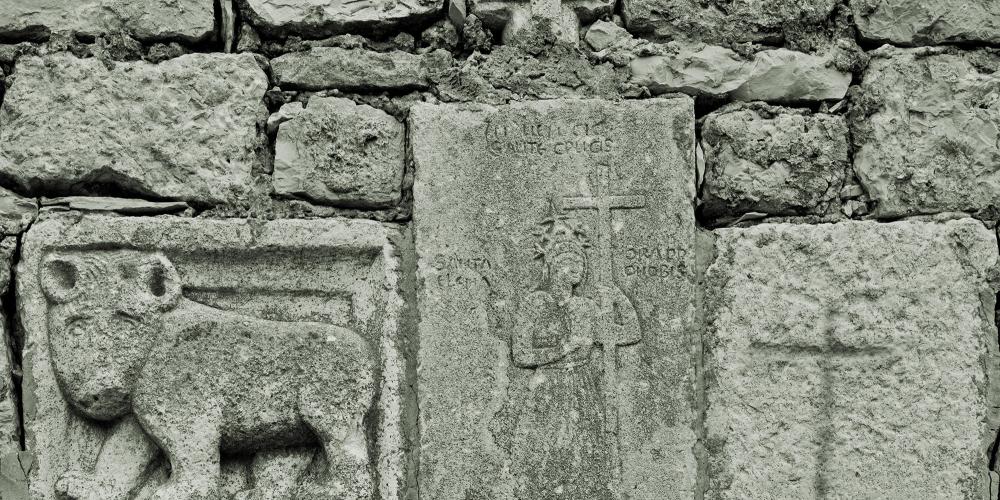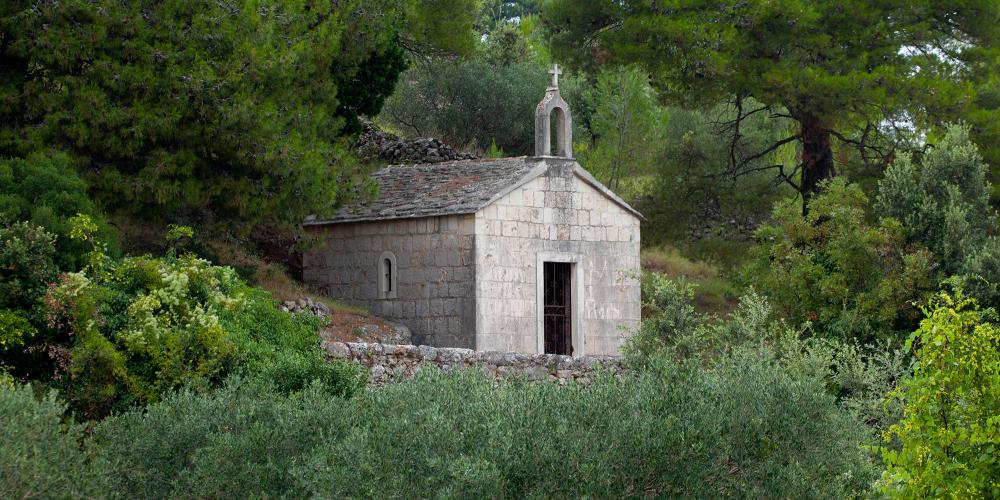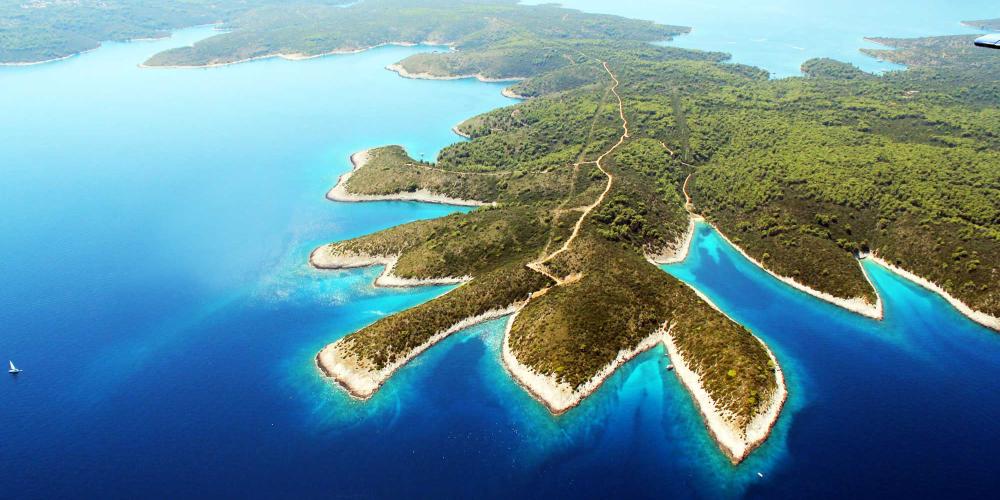Stari Grad Plain, Croatia

The fertile plain around the community of Stari Grad (or Old Town) represents a comprehensive system of agricultural colonisation by the Greeks in the 4th century BC. The land's organisation system, based on geometrical parcels with dry stone-wall boundaries, is exemplary. It also shows an innovative use of rainwater collection with gutter and tanks.
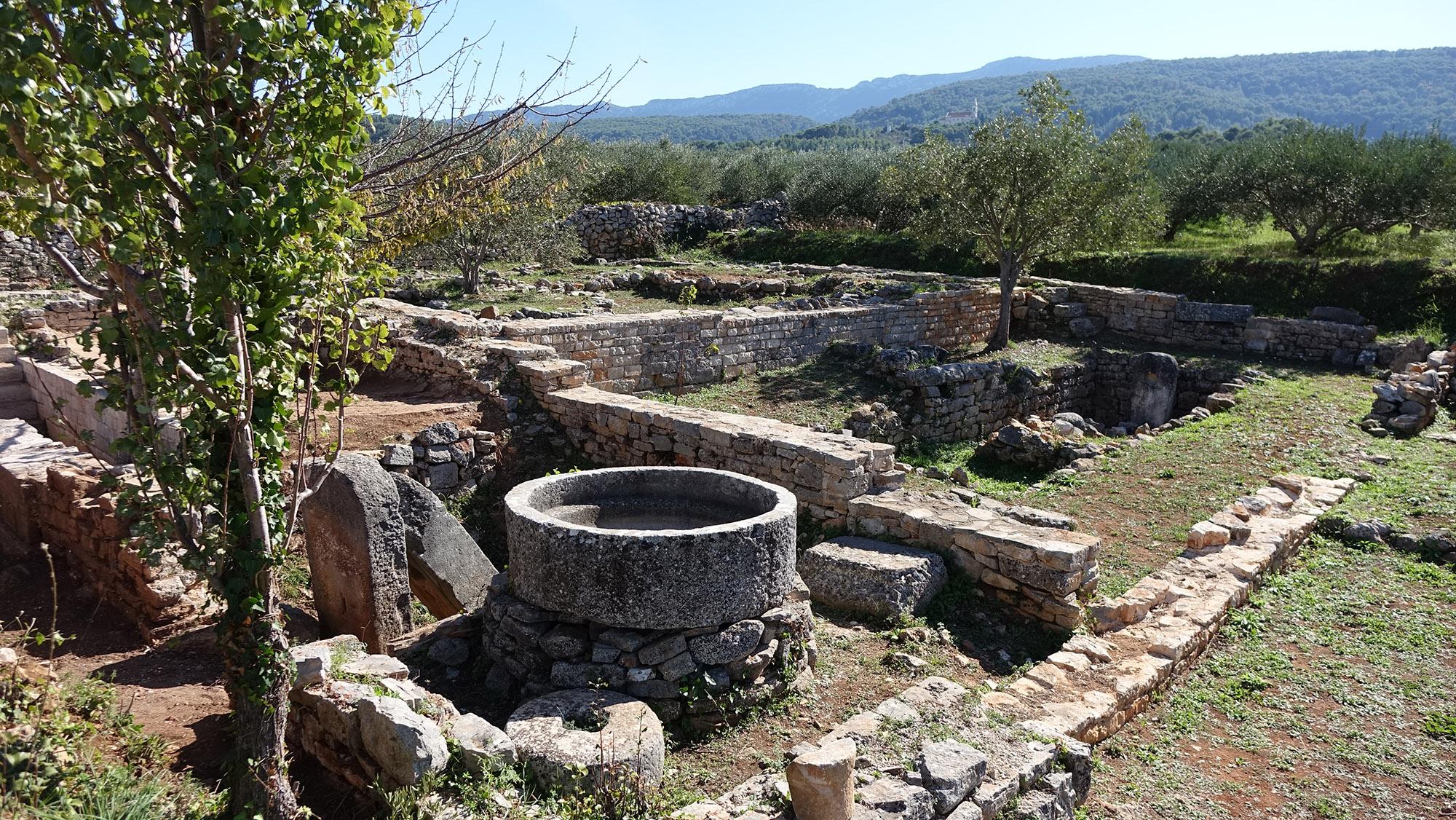
Some 2,400 years ago, Greek settlers started an agricultural system on this island in the Adriatic Sea, and the system is still effective today. By separating the land into plots and building tanks and gutters, the fertile farms are able to produce grapes, olives, and vegetables in a sustainable way for the whole community. This idea has been used for agricultural planning across Europe.

Stari Grad is located on the island of Hvar, one of the jewels of the Adriatic coast. The best way to experience the site is along the walking or cycling paths that wind past the fields and farmhouses. During the harvest season, the smell of young grapes fills the air and the autumnal colors of the trees and vines swirl with the deep blue of the sea in the background. At agritourism sites along the way, you can stop to taste the local produce, metres from where it was grown. In the town of Stari Grad—the oldest in Croatia—stone houses line streets that lead to beautiful public squares.
An Agricultural Masterpiece
In a large stretch of land near the town of Stari Grad, on the island of Hvar, sits the largest plain on any of the Adriatic Sea's isles. The fertile patch extends about six kilometres from east to west and two kilometres north to south. Streams flow down to the area, which is surrounded by villages that still harvest the grapes, vegetables, lavender, and olives from the plain—like they have for more than two millennia.
Created after colonisation by the Greeks from the Aegean island of Paros in 384 BC, the plain is as the ancient residents designed it, with a city centre and agricultural area divided into rectangular plots of 1 x 5 stadia (about 180 x 900 metres). You experience this design along the paths and drystone walls, crossing it at right angles. To either side of the paths, you find charming country huts, little beehive-shaped buildings used to store tools, and cisterns, which are especially critical during the water shortages.

The Greek land division of the Stari Grad plain is the best preserved property cadastre of the ancient Mediterranean world. It is a masterpiece of exceptional technical skills and surveying knowledge. The fertile plain, with its natural surroundings and rural settlements, represents a unique landscape, but it is under pressure from development. Fortunately, Stari Grad Plain's UNESCO inscription supports local efforts to preserve its traditional agricultural function and intact historic significant cultural landscape.

How to Get there
If arriving by car from Split, take the ferry to Stari Grad, Hvar. Upon leaving the ferry, turn left and follow the signs to Jelsa. After 3 kilometres, you are in the Stari Grad Plain. From Dubrovnik, take the ferry from Drvenik to Sucuraj. From Sucuraj, drive carefully along a winding road about 60 kilometres until you see the turn for Vrboska, and you are in the Stari Grad Plain. Please note the first petrol station from the ferry is in Jelsa (56km away).
If arriving by plane, there are three main airports on the Dalmatian coast: Split; Dubrovnik; and Zadar. The most convenient is Split, 40 minutes from the ferry. Zadar is an hour north of Split and is Ryanair's Dalmatian hub. Dubrovnik adds to its flight schedule every year. For more information, please stay current about the changing flights to the Dalmatian coast.
If arriving by boat—ferry or catamaran—most visitors arrive with the national ferry company, Jadrolinija. There are four entry points to Hvar, only one of which (Stari Grad) has a bus meeting the ferries.
Stari Grad is the main car ferry terminal for the island. There are regular ferries throughout the year. Jelsa has a daily catamaran from Split via Bol, departing at 4:00 p.m. Jelsa is about 2 kilometres from Stari Grad Plain. Hvar Town has daily catamarans to and from Split. Hvar is about 20 kilometres from the Stari Grad Plain.
The small port of Sucuraj is on the eastern tip of Hvar and the most convenient entry point from Dubrovnik and the south. The ferry crossing from Drvenik is 30 minutes and the drive to Stari Grad Plain is 60 kilometres (75 minutes).
For visitors arriving by bus from the ferry: From Stari Grad, there are two buses waiting to transport passengers, the first to Hvar Town and the second to Jelsa. Take the Jelsa bus, which will stop first in Stari Grad. If you are arriving by bus to Split, the bus station is about 30 metres from the ferry.





